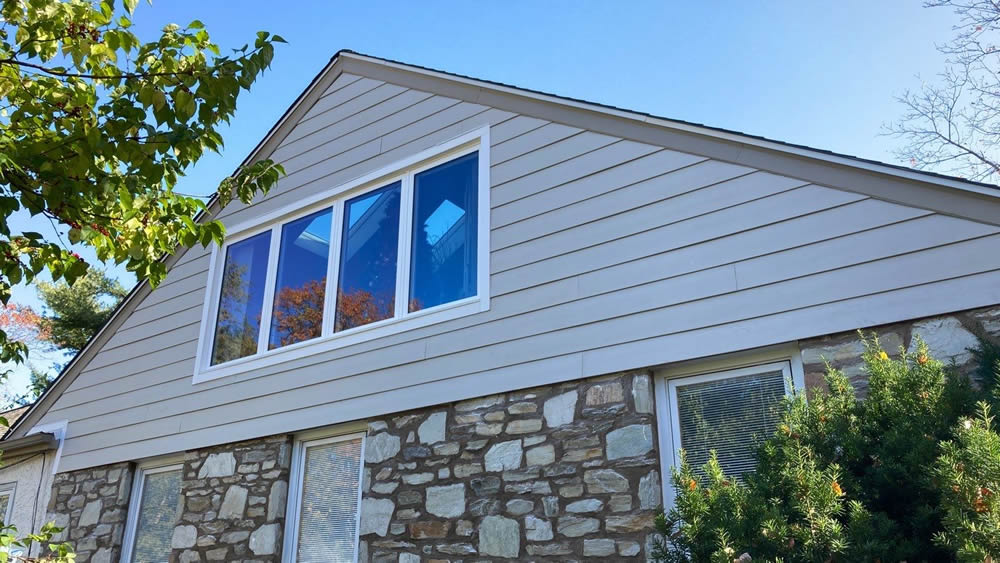The importance of insulation for a cozy, energy-conserving home is a well-understood concept. But when insulation comes to mind, we often think about materials used in walls and attics, with the key role of siding in this equation being largely overlooked. This article delves into the significance of siding as a key factor in home insulation and explains why it is a vital consideration for homeowners aiming to optimize their home’s energy efficiency.

Siding: Your Home’s Protective Layer
Understanding the pivotal role of siding in home insulation begins with acknowledging its fundamental function. Siding forms the exterior envelope of your home, offering the initial line of defense against various weather conditions. This protective shell safeguards your home from wind, rain, snow, and harsh temperatures, mitigating their direct impact on your home’s walls. Superior quality siding establishes a barrier that helps regulate your home’s internal climate, effectively retaining heat in winters and repelling it during summers.
The Impact of Material Choice
The type of material your siding is made from can greatly influence its insulating capabilities. Vinyl siding, for example, is frequently chosen for its longevity, low maintenance, and impressive insulating abilities. On the other hand, fiber cement siding is prized for its resistance to temperature-induced expansion and contraction, marking it as another top choice for insulation. Wood siding, while aesthetically appealing and classic, may demand more upkeep to maintain its insulating characteristics. Therefore, selecting the appropriate material considering your geographical location, budget, and individual preference is key.
Boosting Insulation: Insulated Siding
For those seeking to upgrade their home’s insulation, insulated siding is an optimal choice. This siding variant is backed with a layer of insulating foam that significantly enhances the siding’s R-value, which is a measure of its thermal resistance. This not only offers superior insulation but also adds to the siding’s durability and resistance to impact.
Safeguarding Your Home
Beyond energy efficiency and cost reductions, well-insulated siding can protect the longevity of your home. By barring moisture from infiltrating your home’s structure, high-quality siding can help prevent issues like mold, mildew, and rot. Thus, investing in excellent siding isn’t merely about reducing your energy bills—it’s also about safeguarding the long-term structural health of your home.
In summary, siding plays a pivotal and multifaceted role in home insulation. It contributes significantly to maintaining comfortable interior temperatures while promoting energy efficiency, cost savings, and the preservation of your home’s structure. Whether you’re in the process of building a new home or contemplating upgrades to your existing one, the significance of your choice of siding for effective insulation should never be underestimated.

